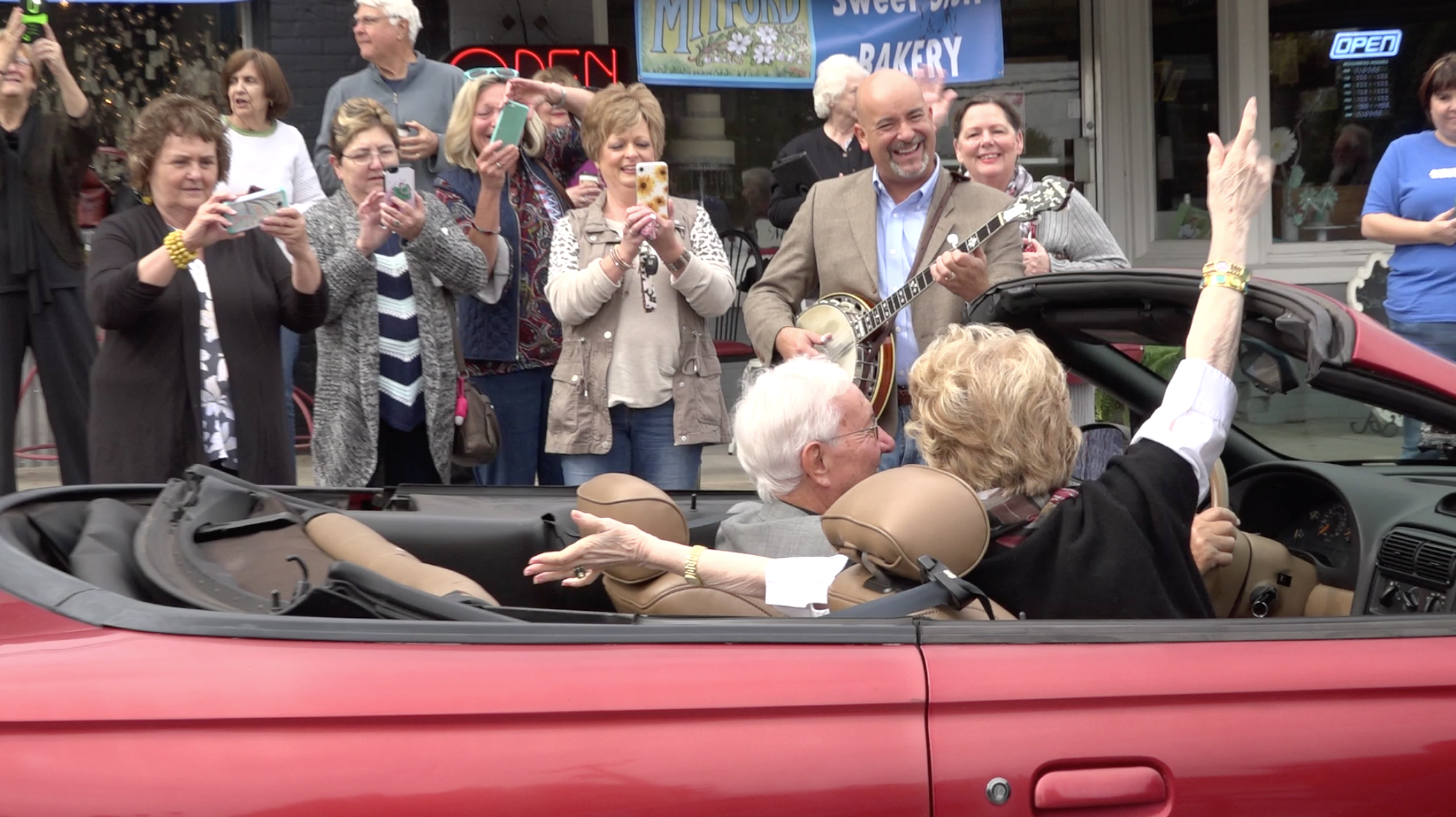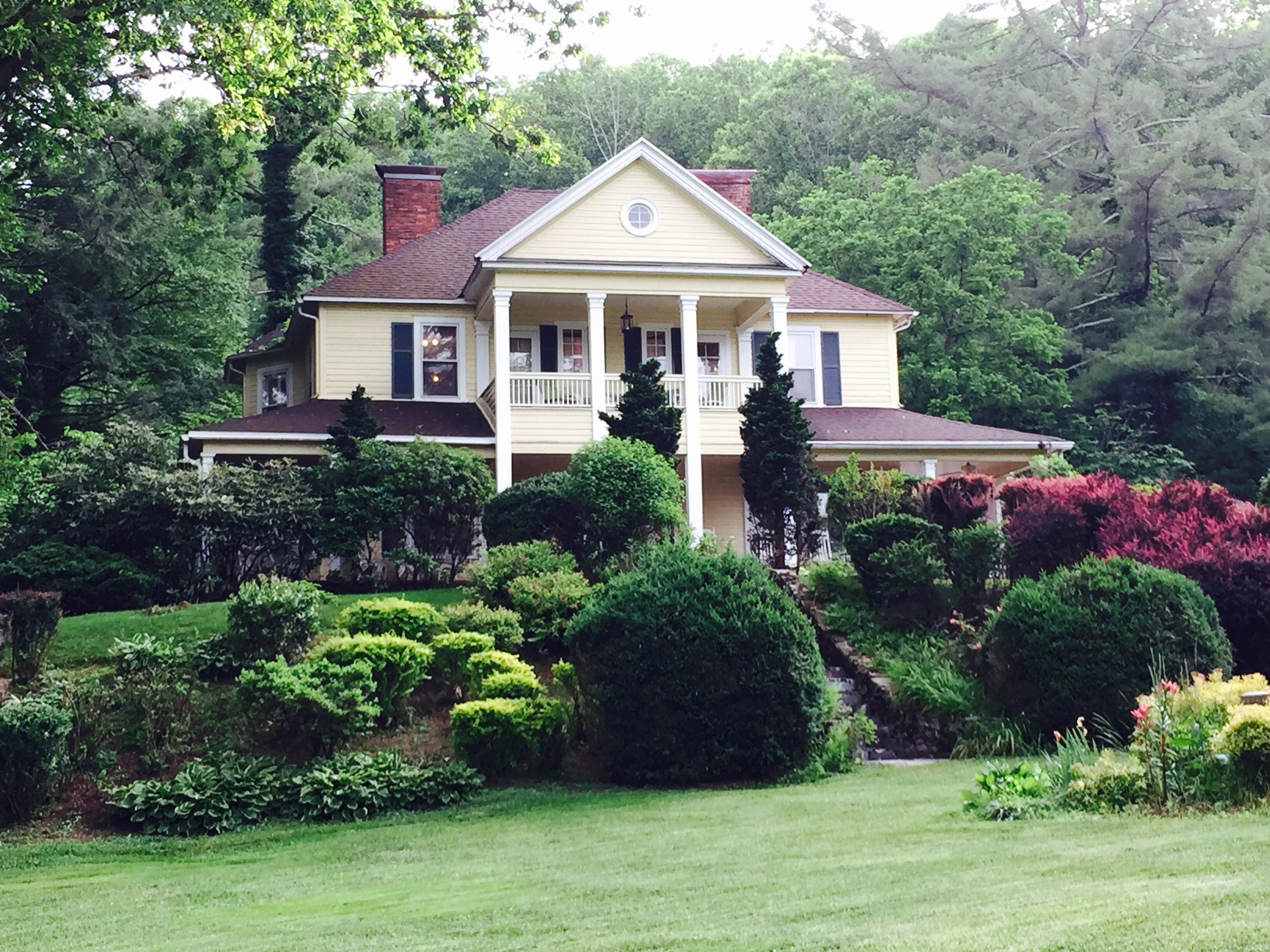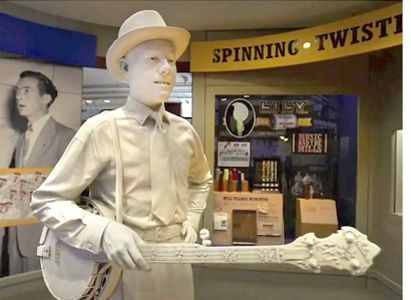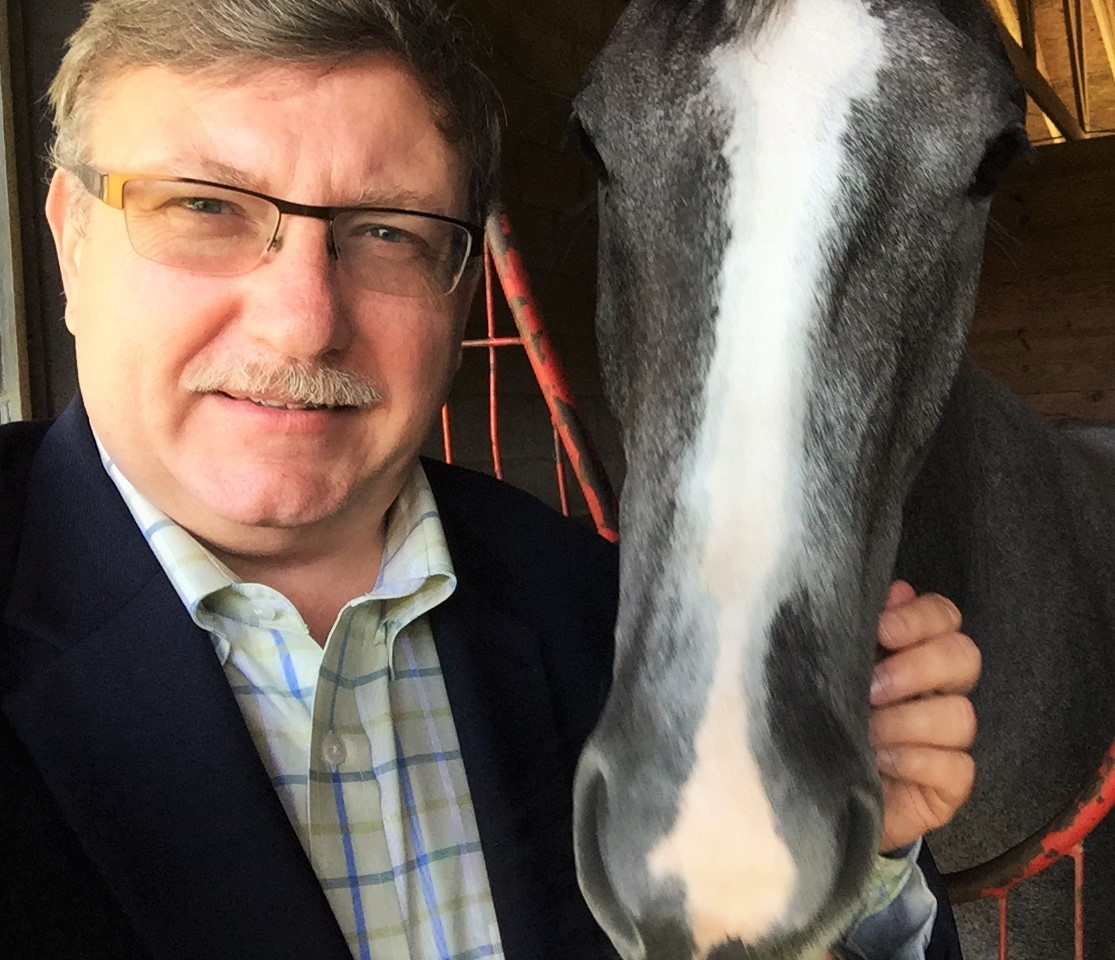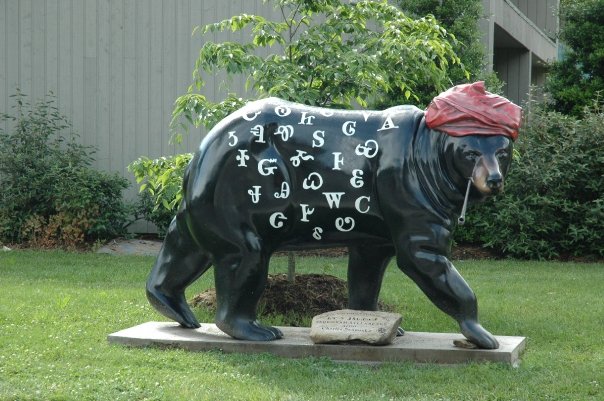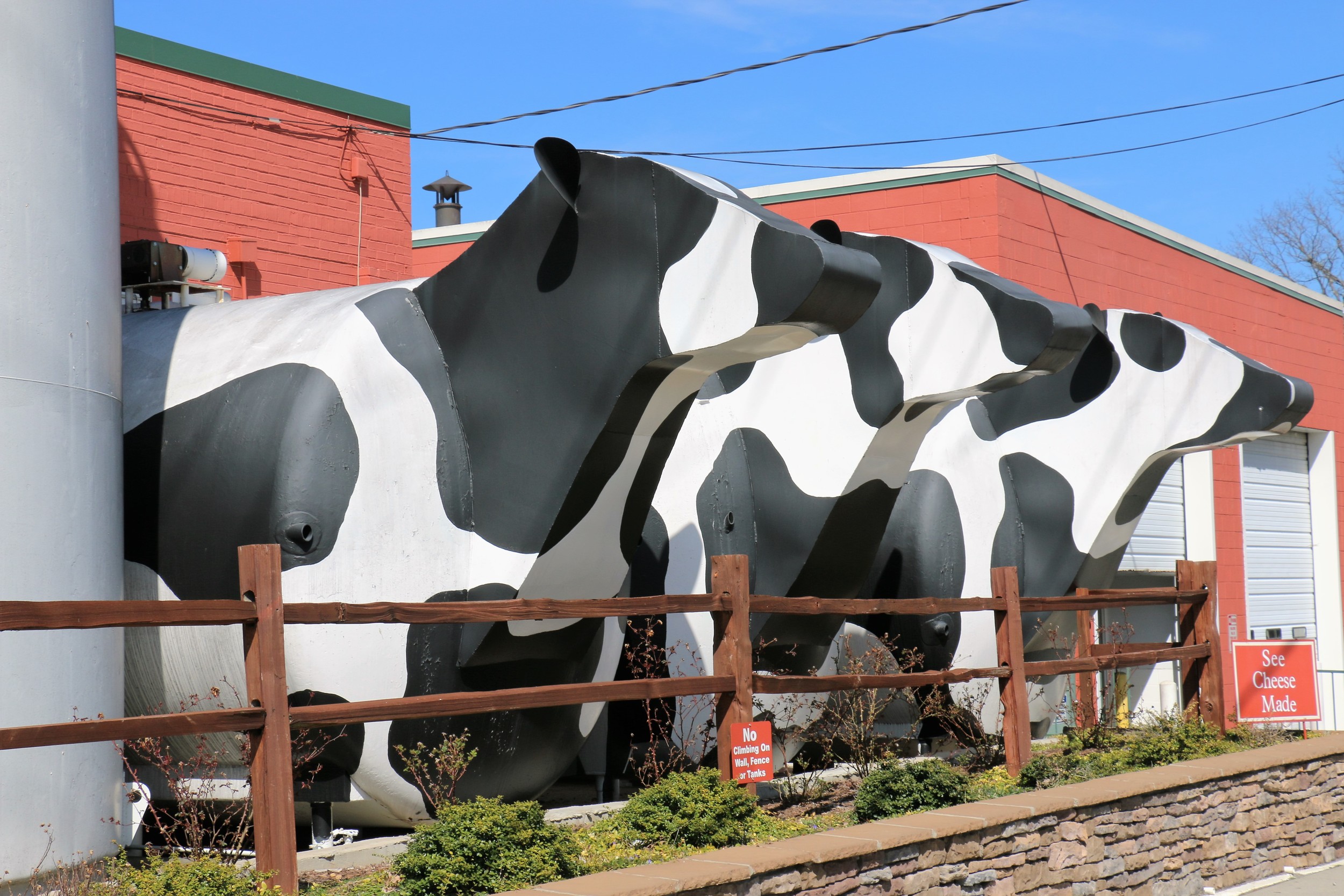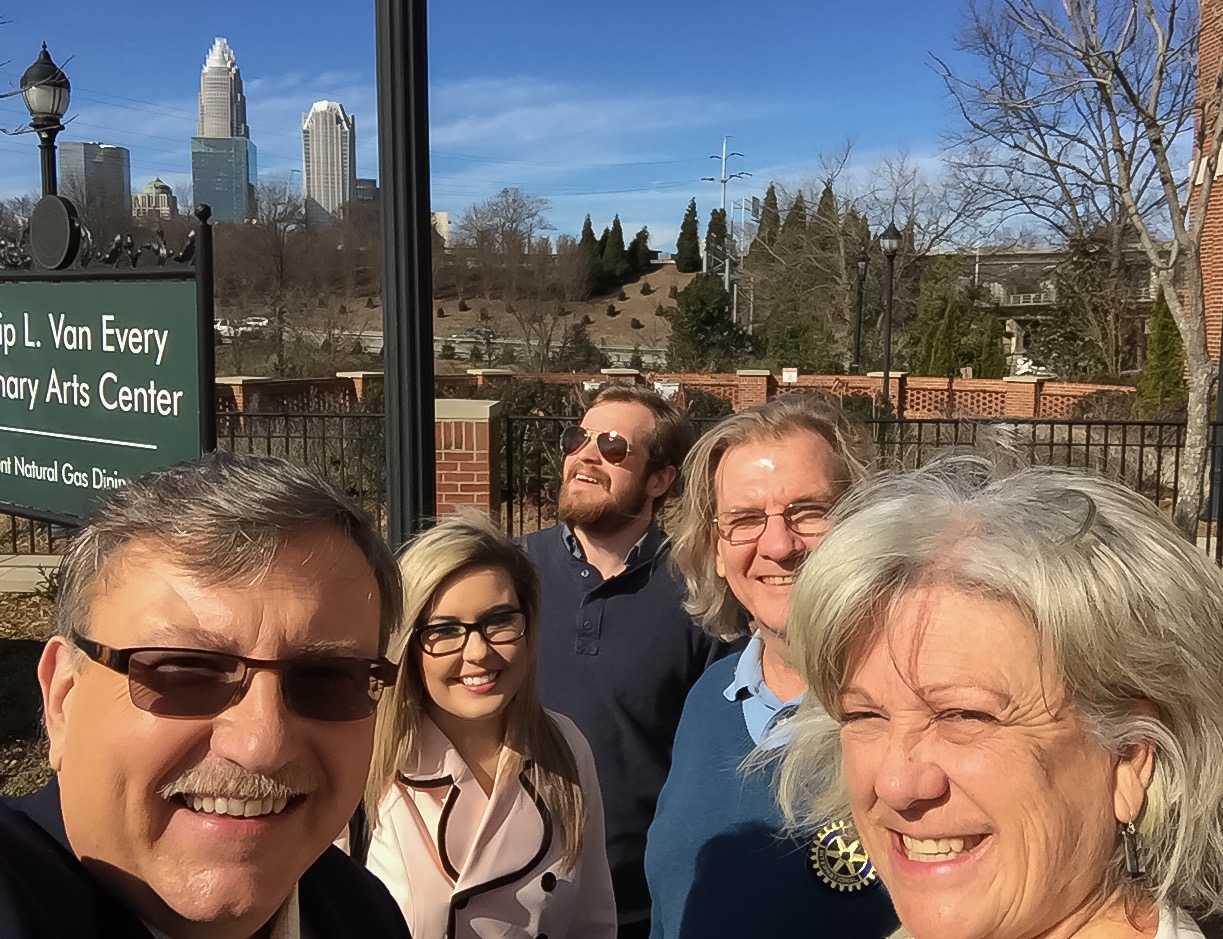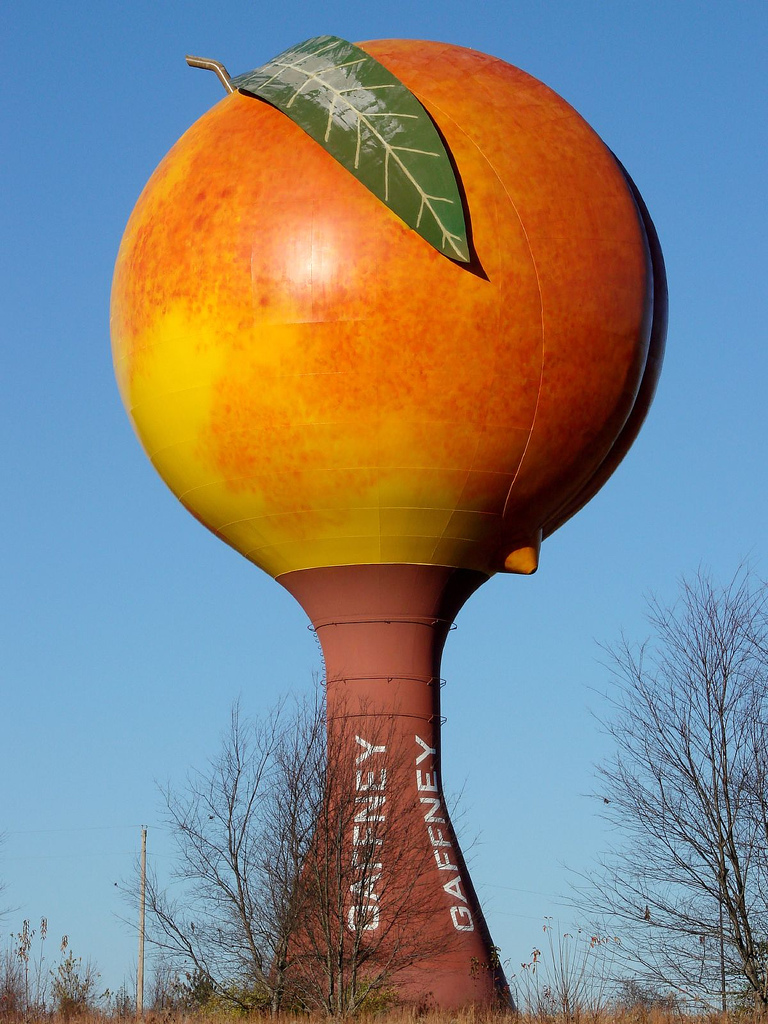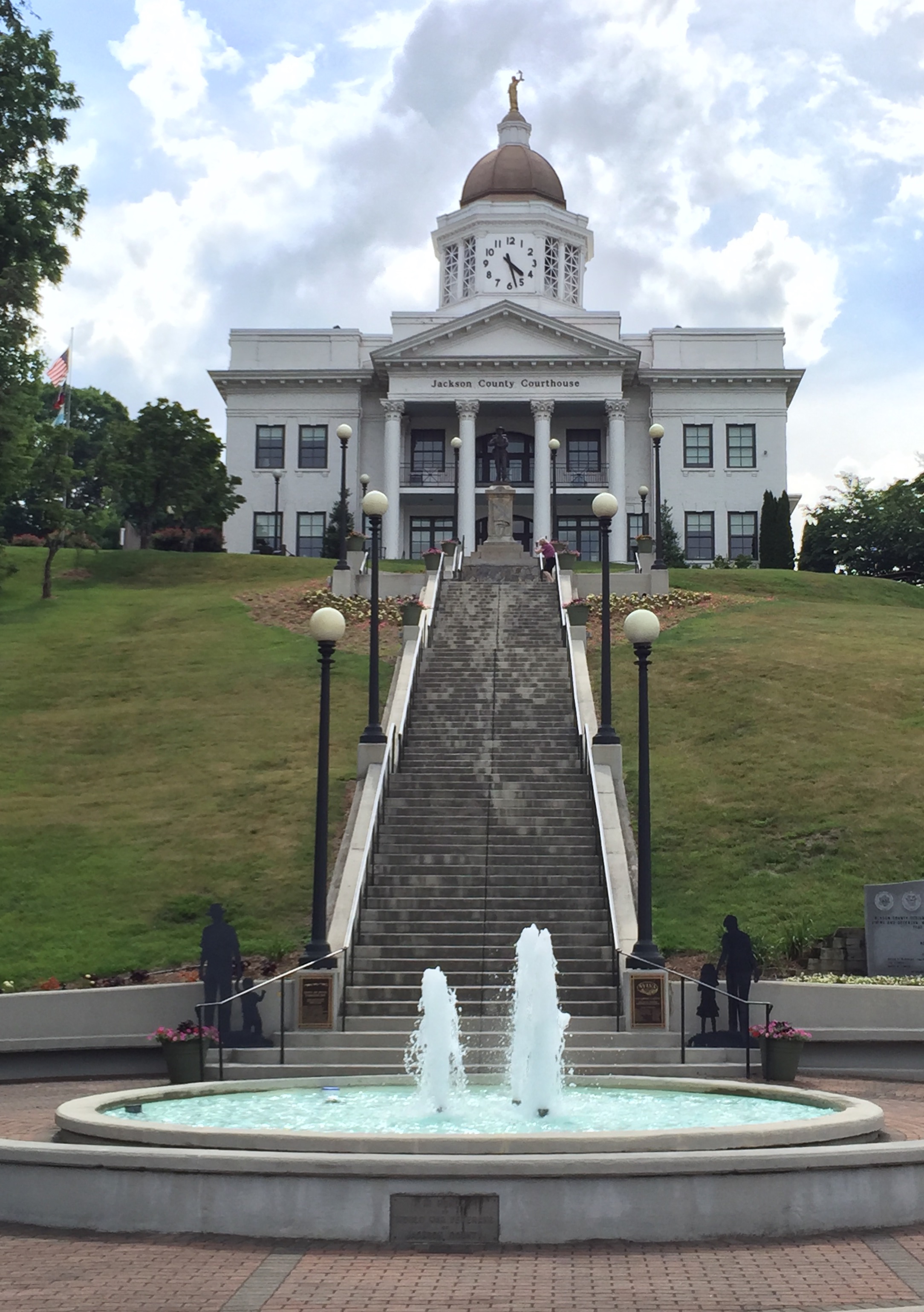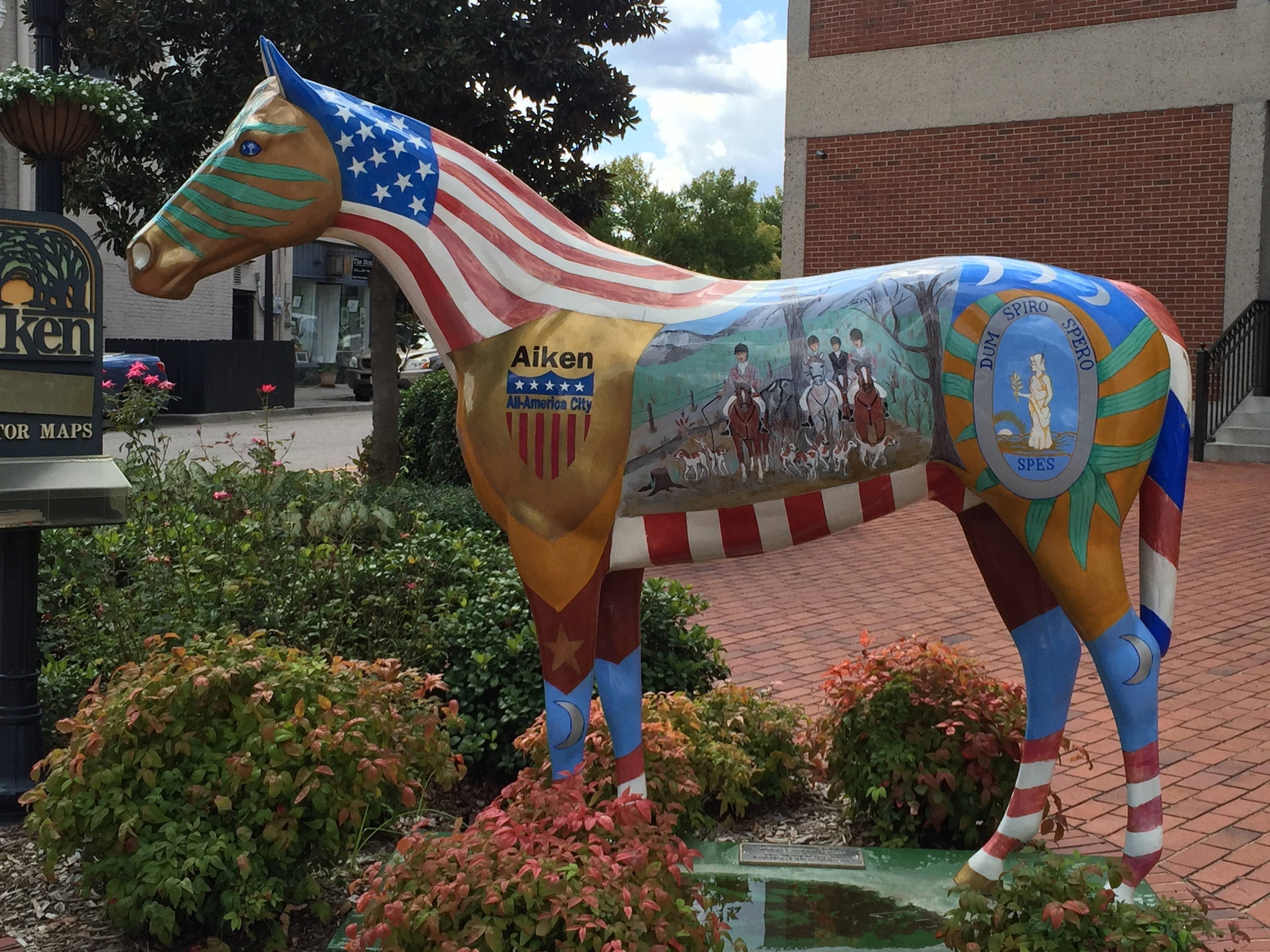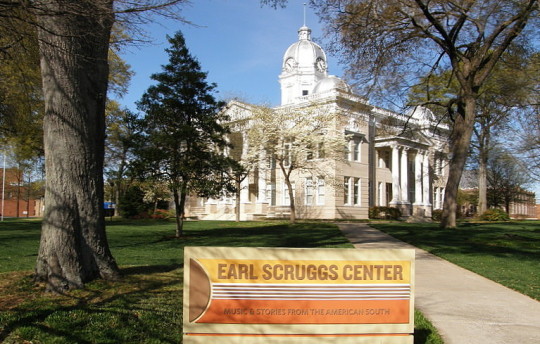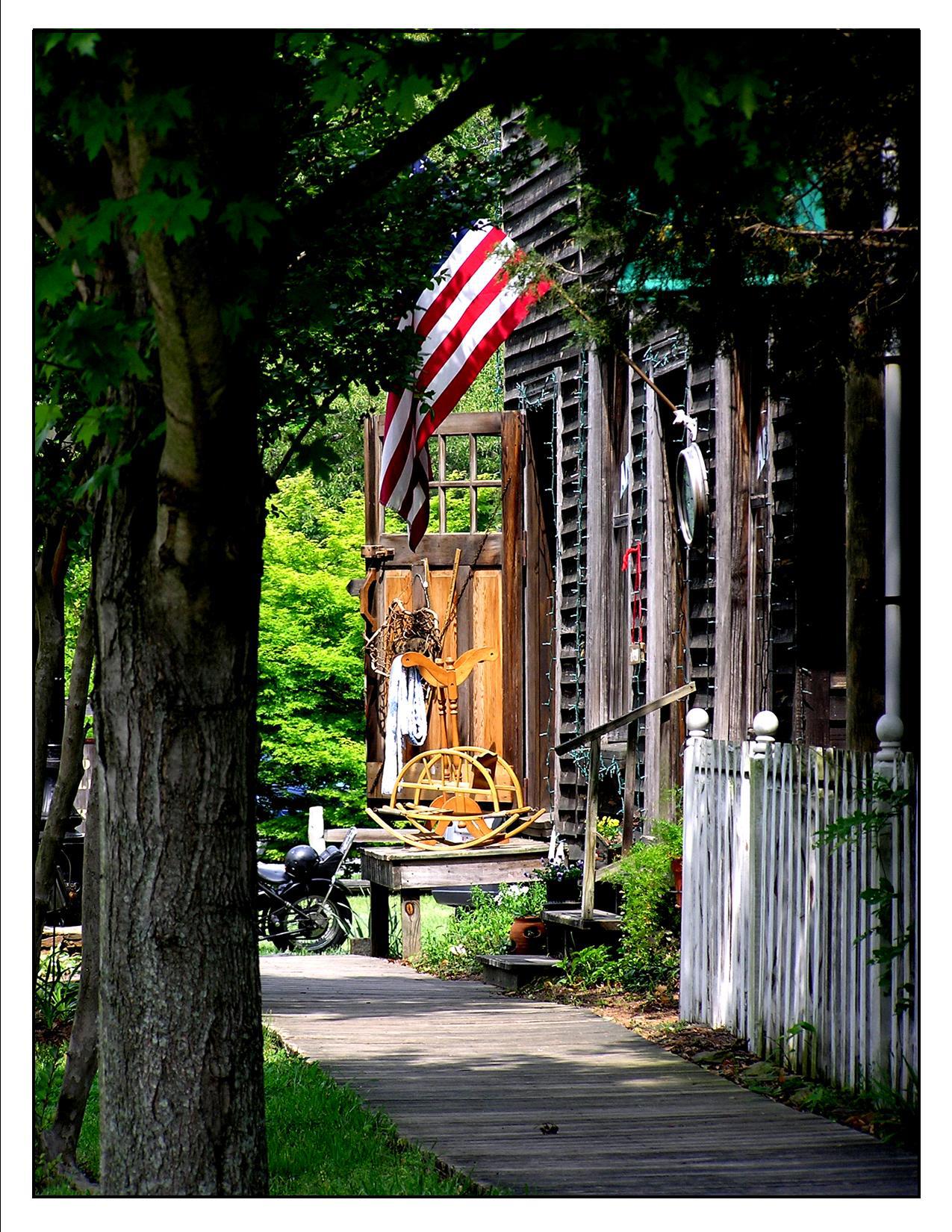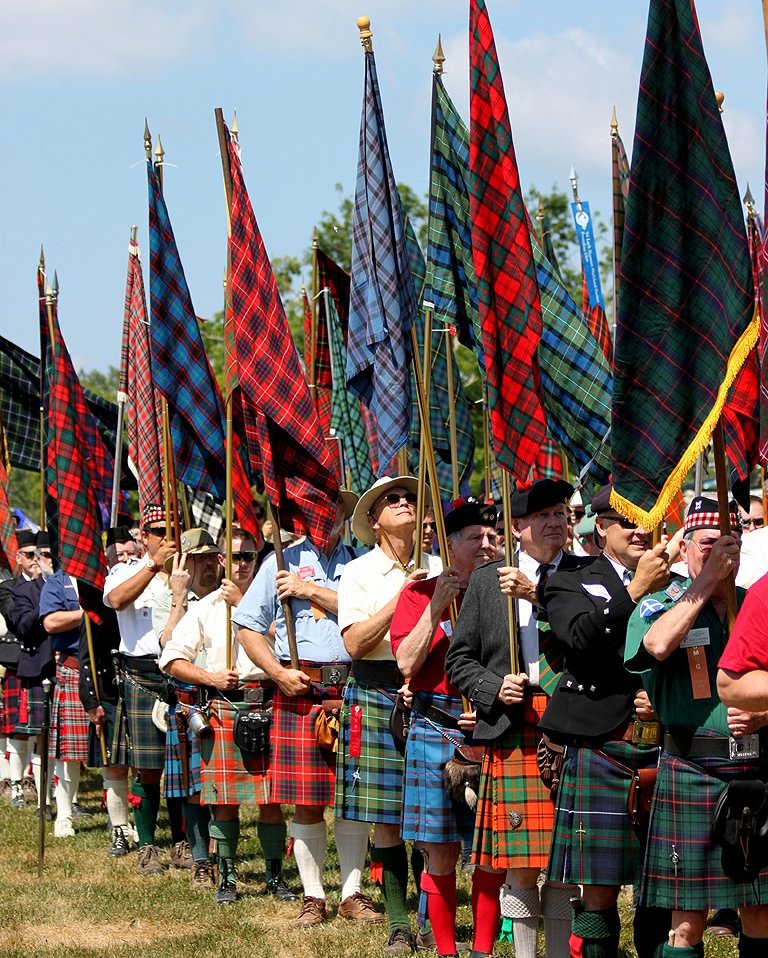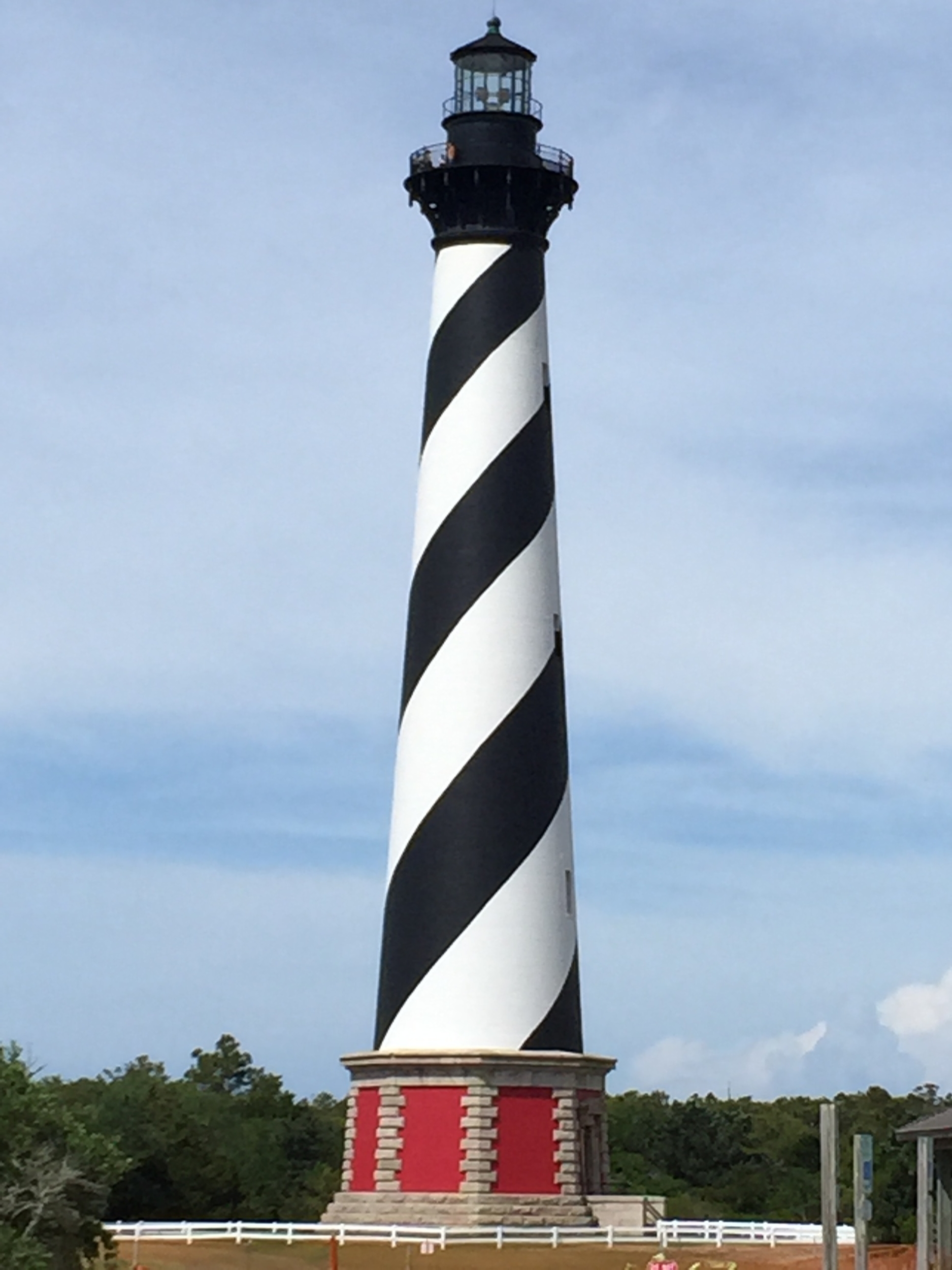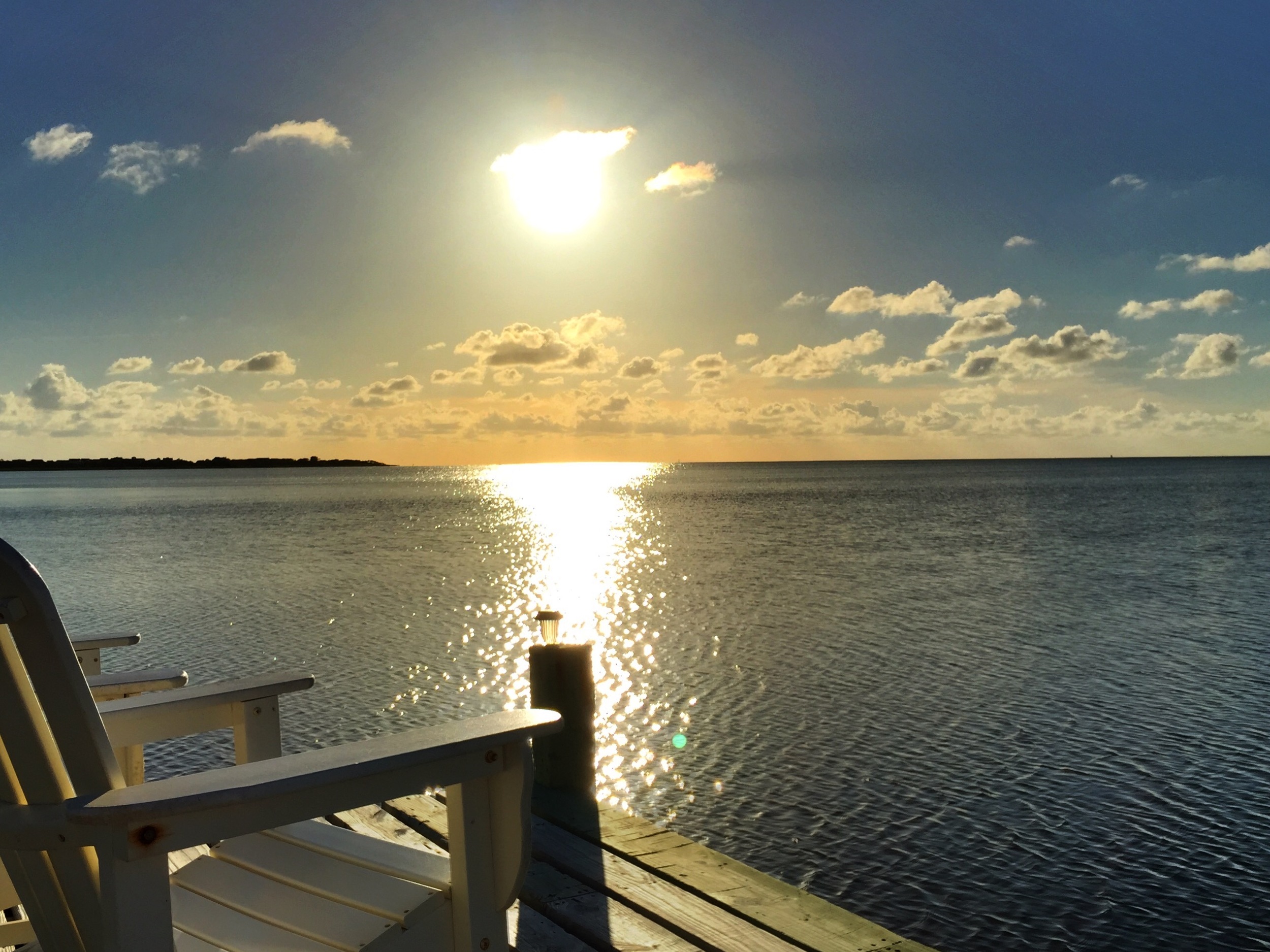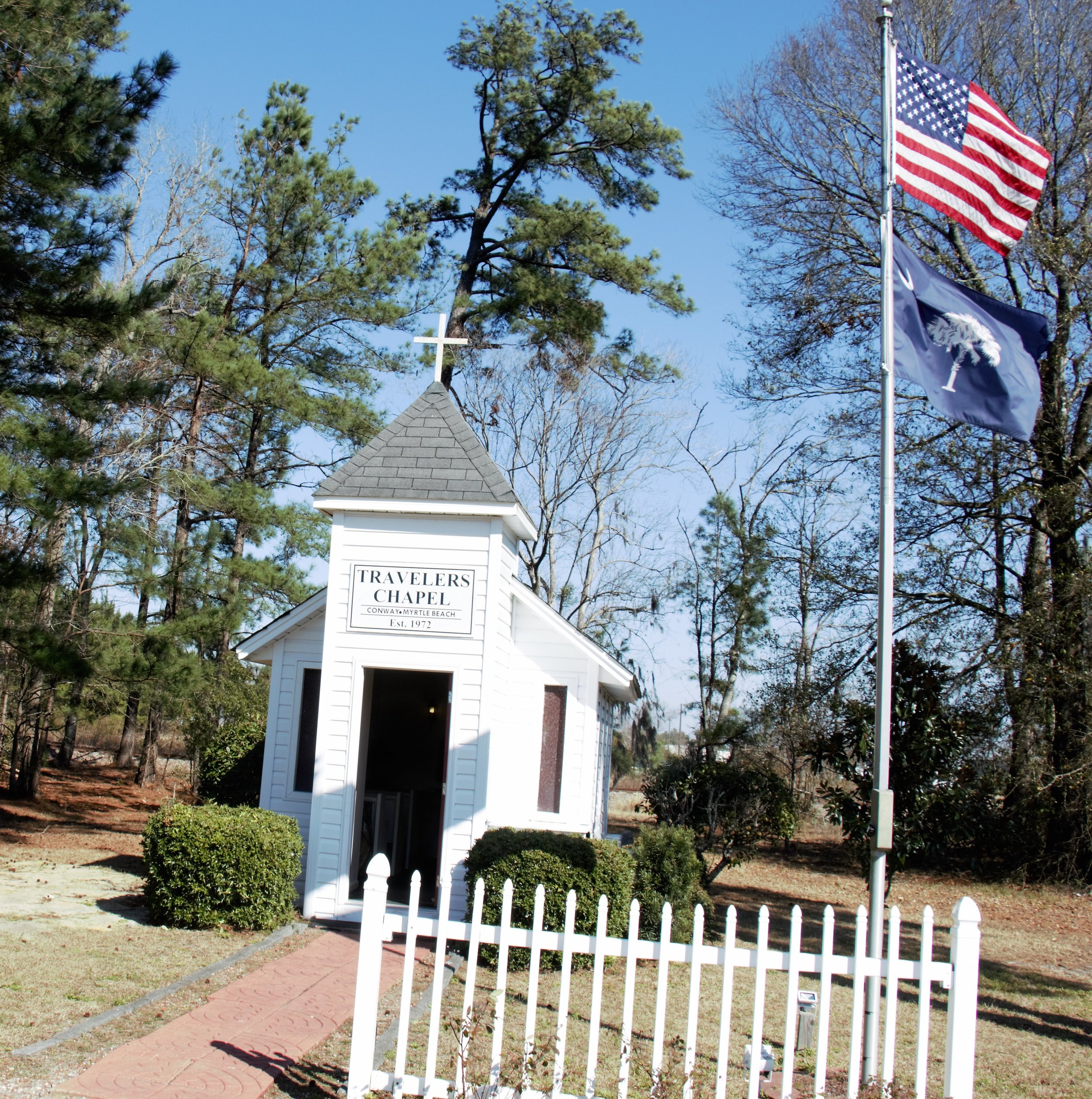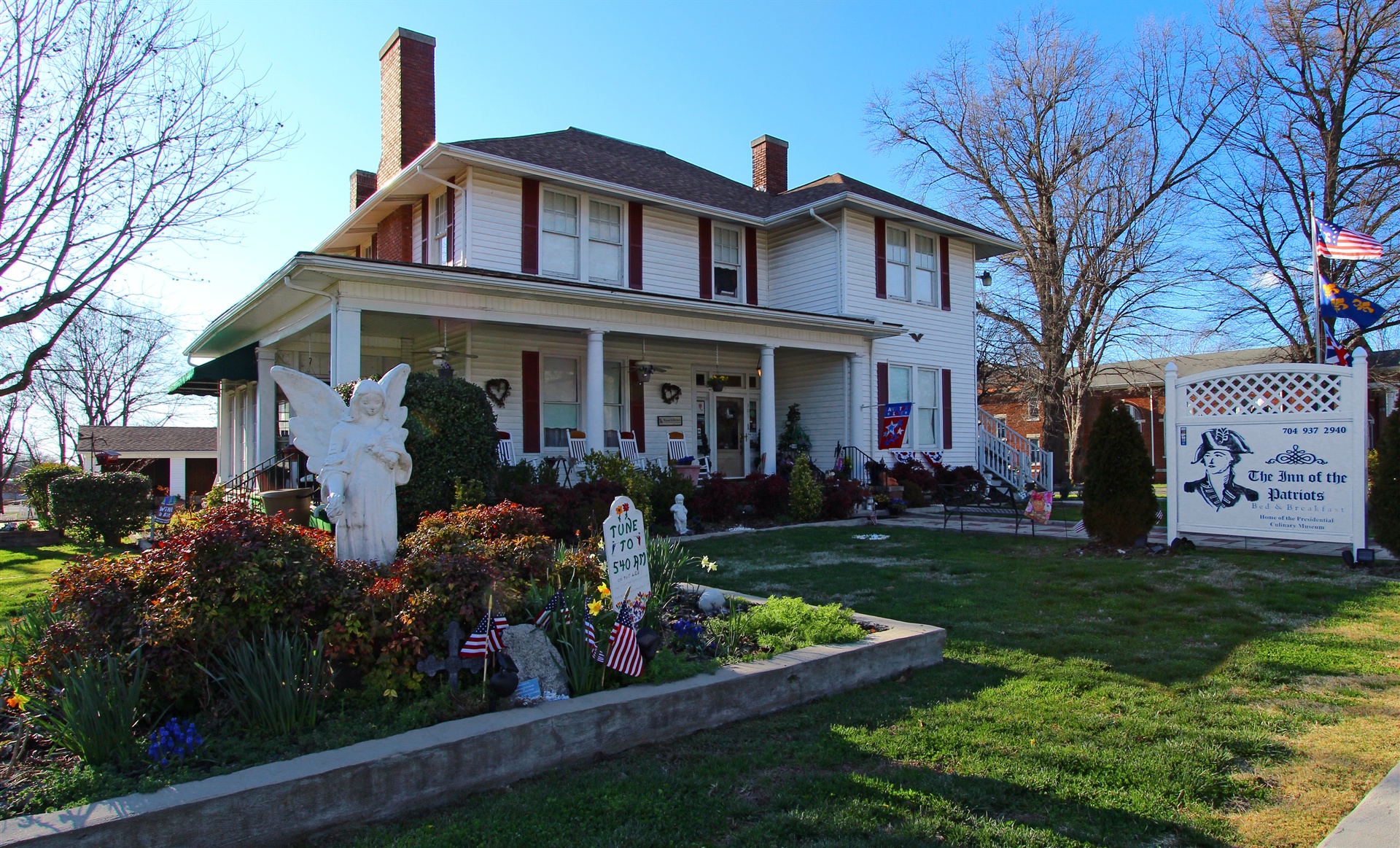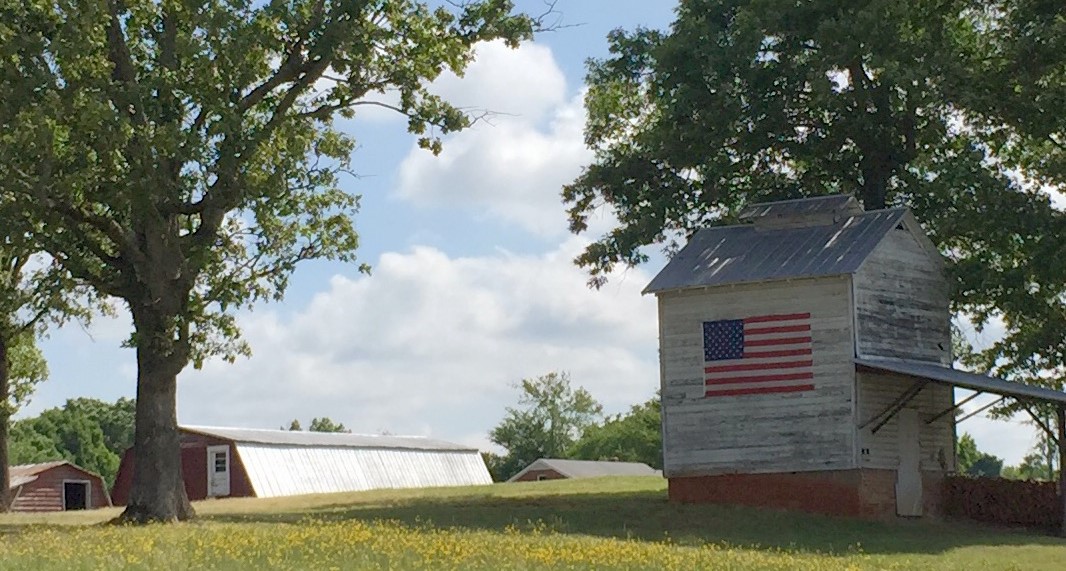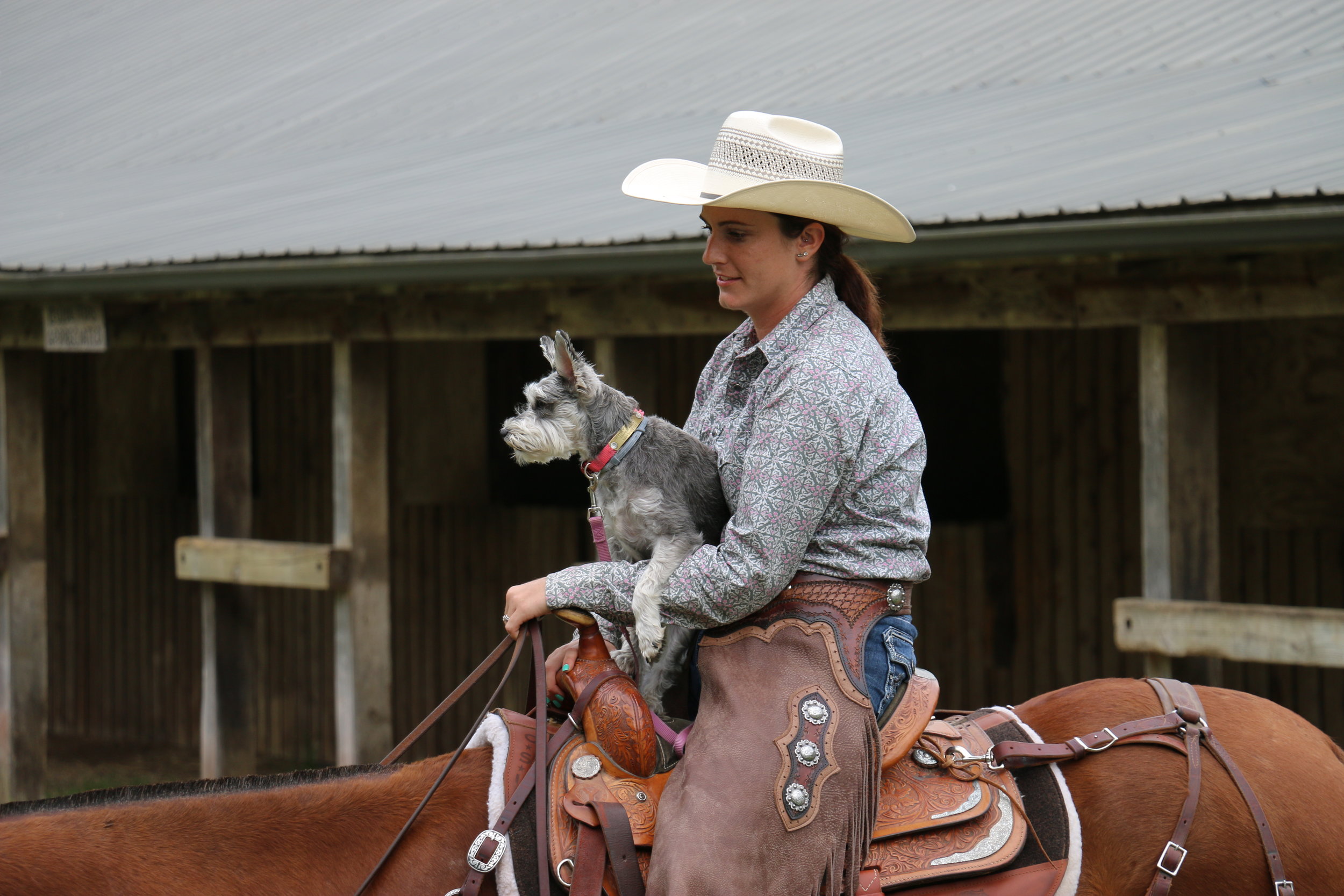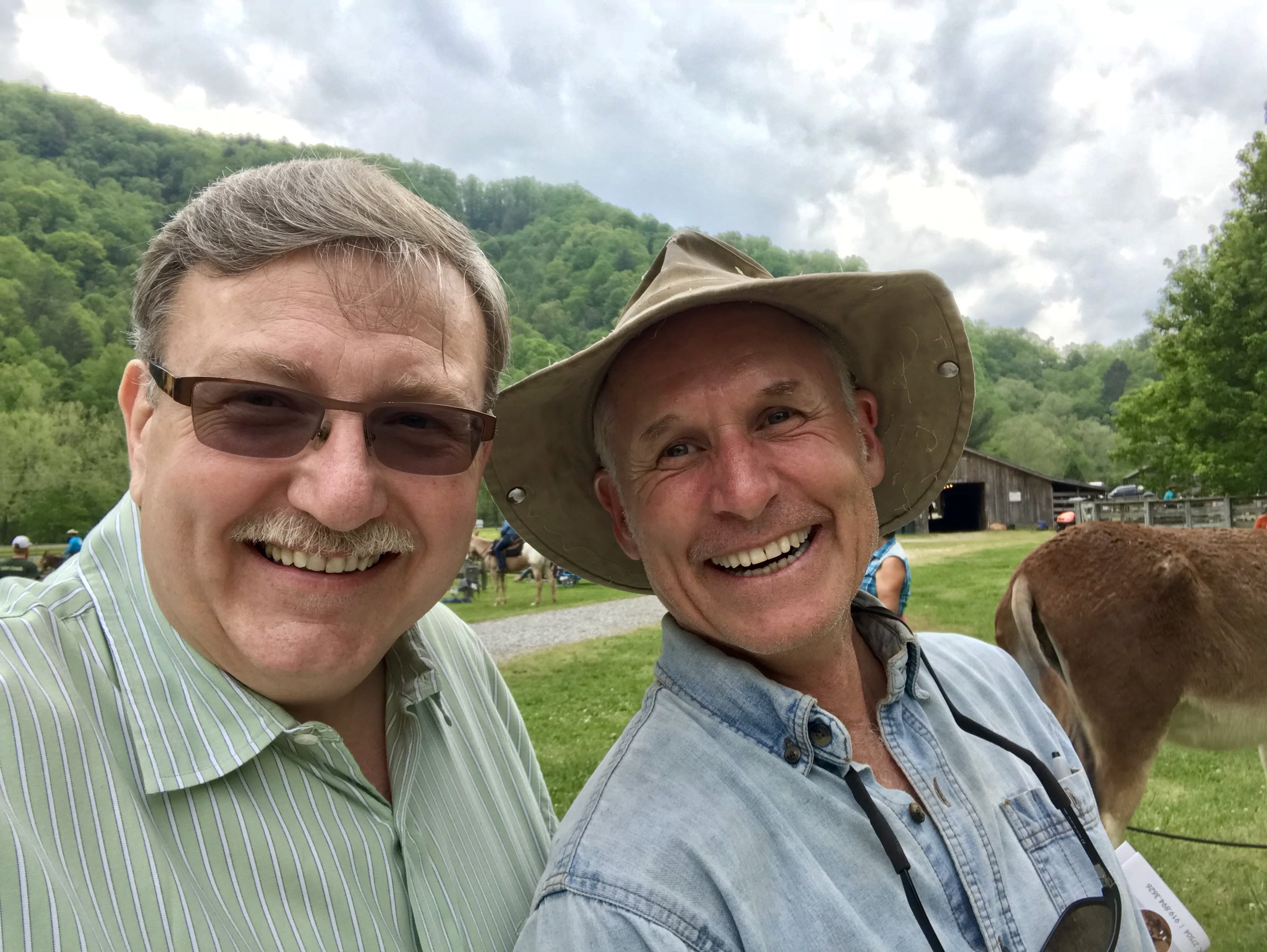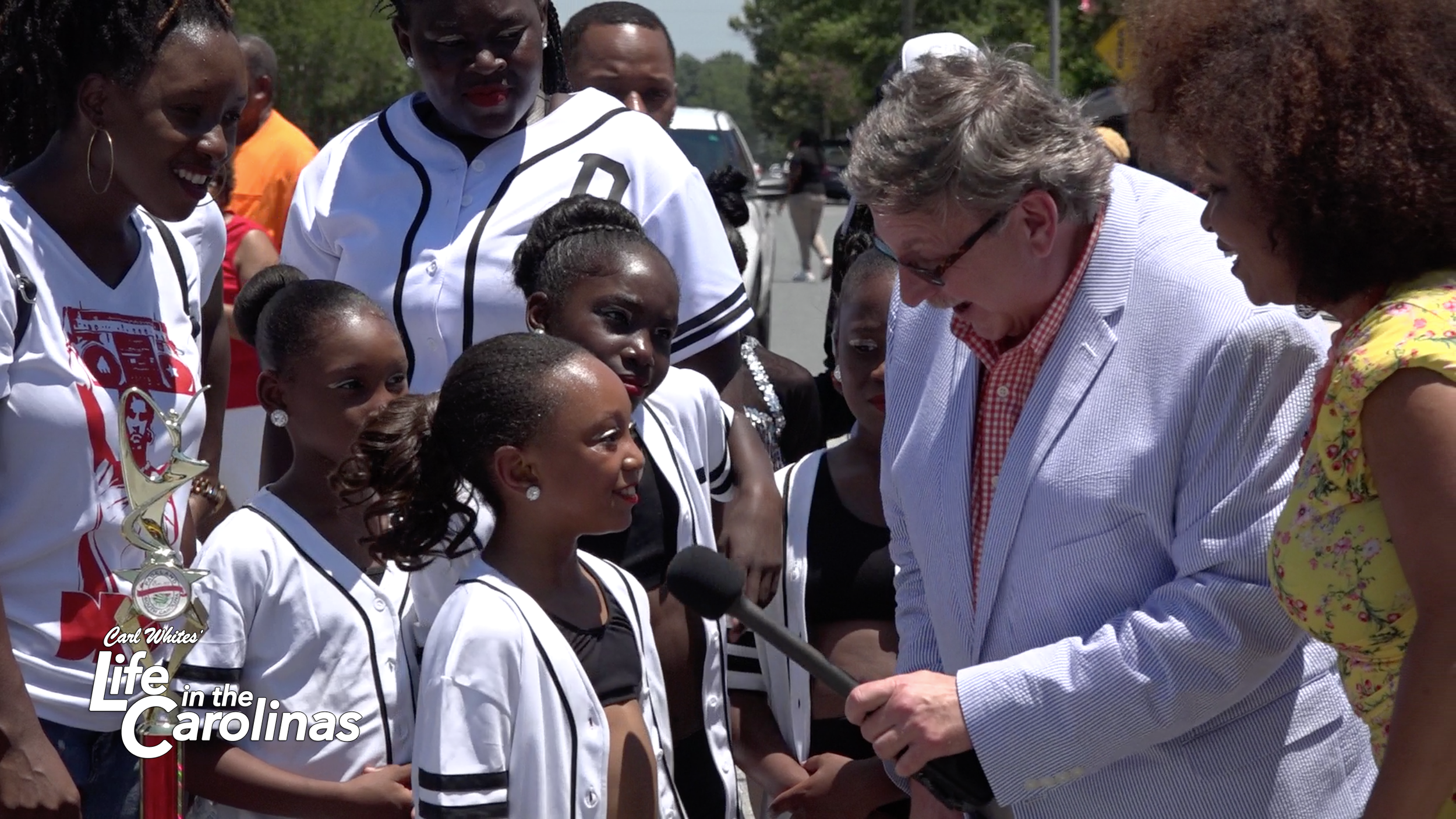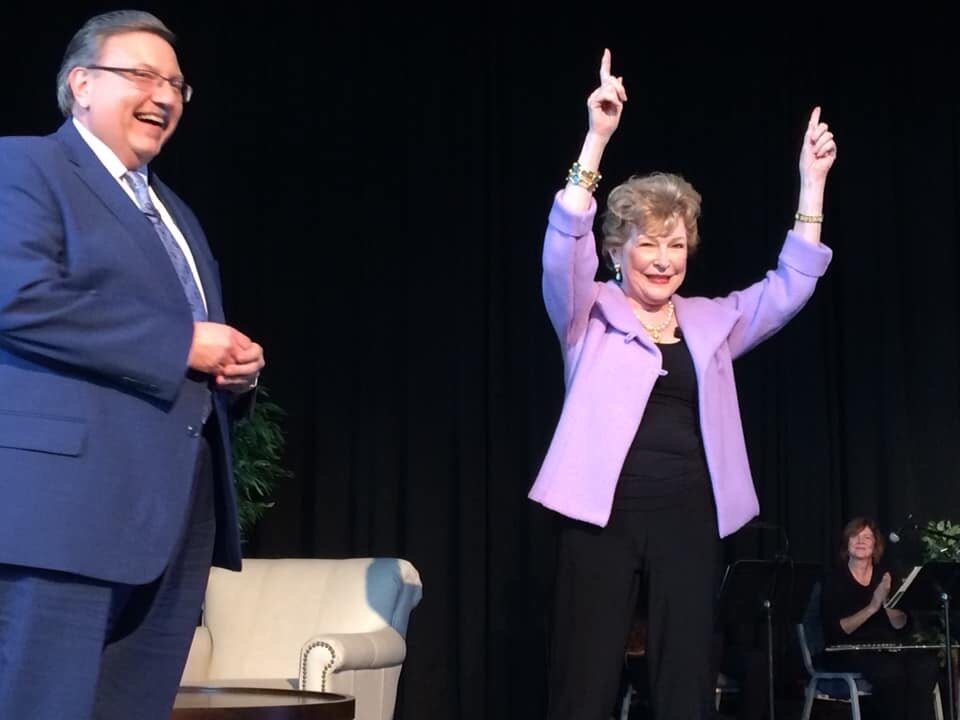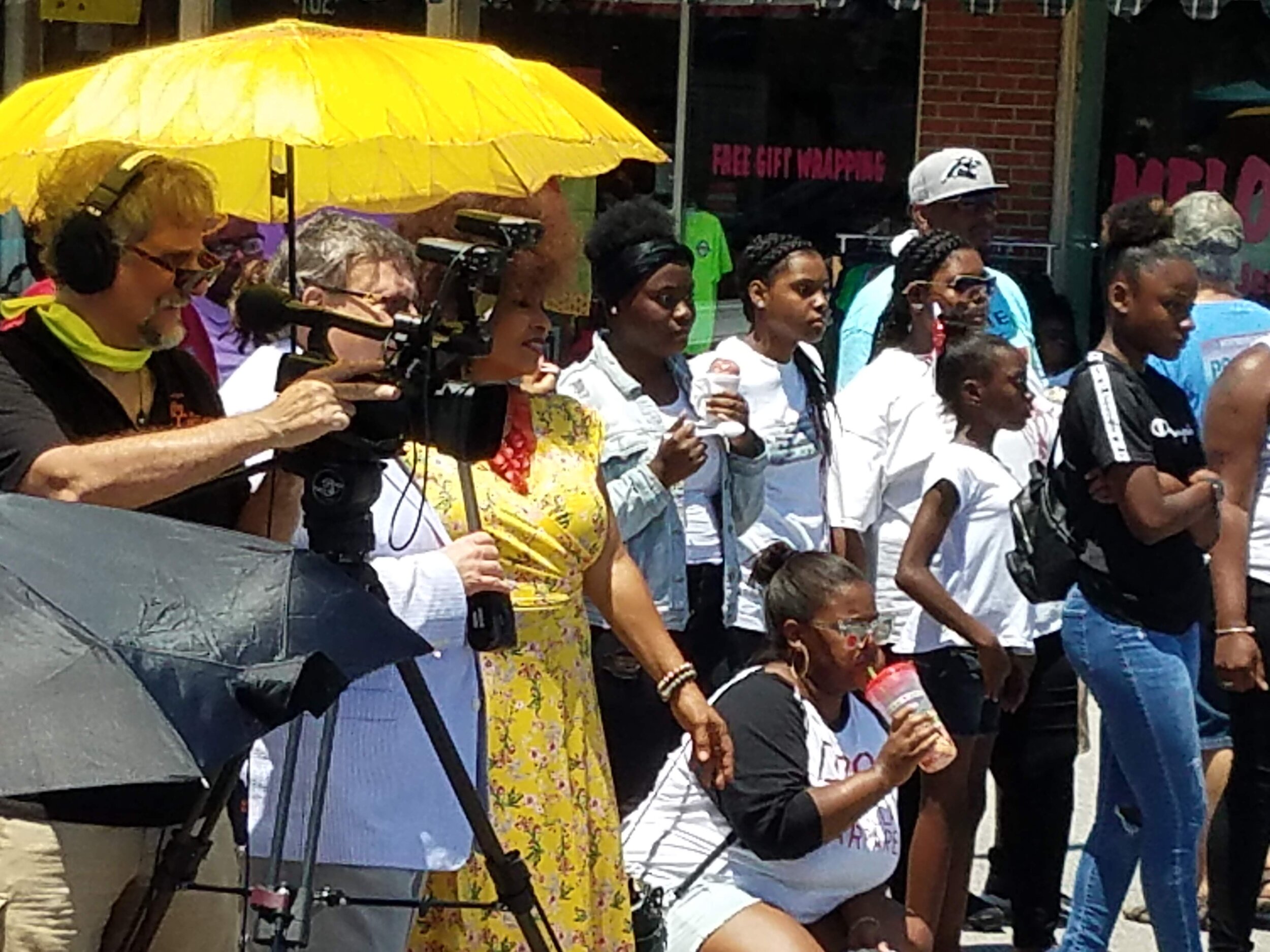A Theater on the square, a President and a golden history
/So there I stood on the town square in Abbeville, South Carolina, and even before I met with anyone I could sense the presence of significant history. It was the kind of feeling you get when you can tell there is more to a place then what you see on the outside.
The town square has several well preserved historic buildings, and among them I discovered the impressive Grand Opera House with its 7,500 square feet stage. Local visionary folks lead the charge to build the Opera House in order to take advantage of the fact that many of the New York tour groups would often stop in Abbeville for lodging when they were traveling south. The Grand Opera House opened on October 10th 1908 with a performance of “The Great Divide”. The stage has had a successful run and has now undergone a full restoration with a few modern additions.
I had the opportunity to visit with Michael Genevie, the Executive Director, who shared many colorful stories about the theater, including one about the theater ghost. Michael and the people of Abbeville have done a fine job of keeping this Carolina treasure alive.
Another part of national history took place in Abbeville when, on November 22, 1860 three thousand people gathered to hear secession speeches. Eleven states would eventually secede from the Union however, South Carolina was the first to do so on December 20, 1860.
The Burt-Stark Mansion, not far from the town square, is the place where Confederate President Jefferson Davis reportedly held the last Confederate Council of War on May 2, 1865. After much conversation over the state of affairs it was determined that there was no possibility of victory. It is said that as the meeting ended, Davis stood and with the words “All is indeed lost”, he become faint and, if not for one of his commanders, he would have hit the floor.
While it is true that Jefferson Davis never returned, many others did, searching for Confederate gold. Millions of dollars' worth of gold was not accounted for after the war. There is much speculation as to where the gold may be. Some people speculate that President Davis used the gold to pay off as much government debt as possible, but there seems to be no accounting for this notion. The lost gold of the Confederate nation remains a mystery.
Just when I thought I had a good accounting of early American history connected to Abbeville, I stopped in to visit another historic building off the square. Trinity Episcopal Church dates back to 1841 and offers an opportunity to celebrate one's faith. It also offers a treat for history lovers.
Jack C. Calhoun the 3rd, great nephew of John C. Calhoun, who was born in Abbeville and was the 7th Vice President of the United States, was visiting Abbeville for the first time the day I was there. I was introduced to Jack and his wife, and we spent much of the afternoon visiting a few other places in Abbeville and getting to know more about our American history and each other. While the Confederate gold may or may not be in Abbeville, one thing is for sure: a treasure trove of history most certainly is here.
